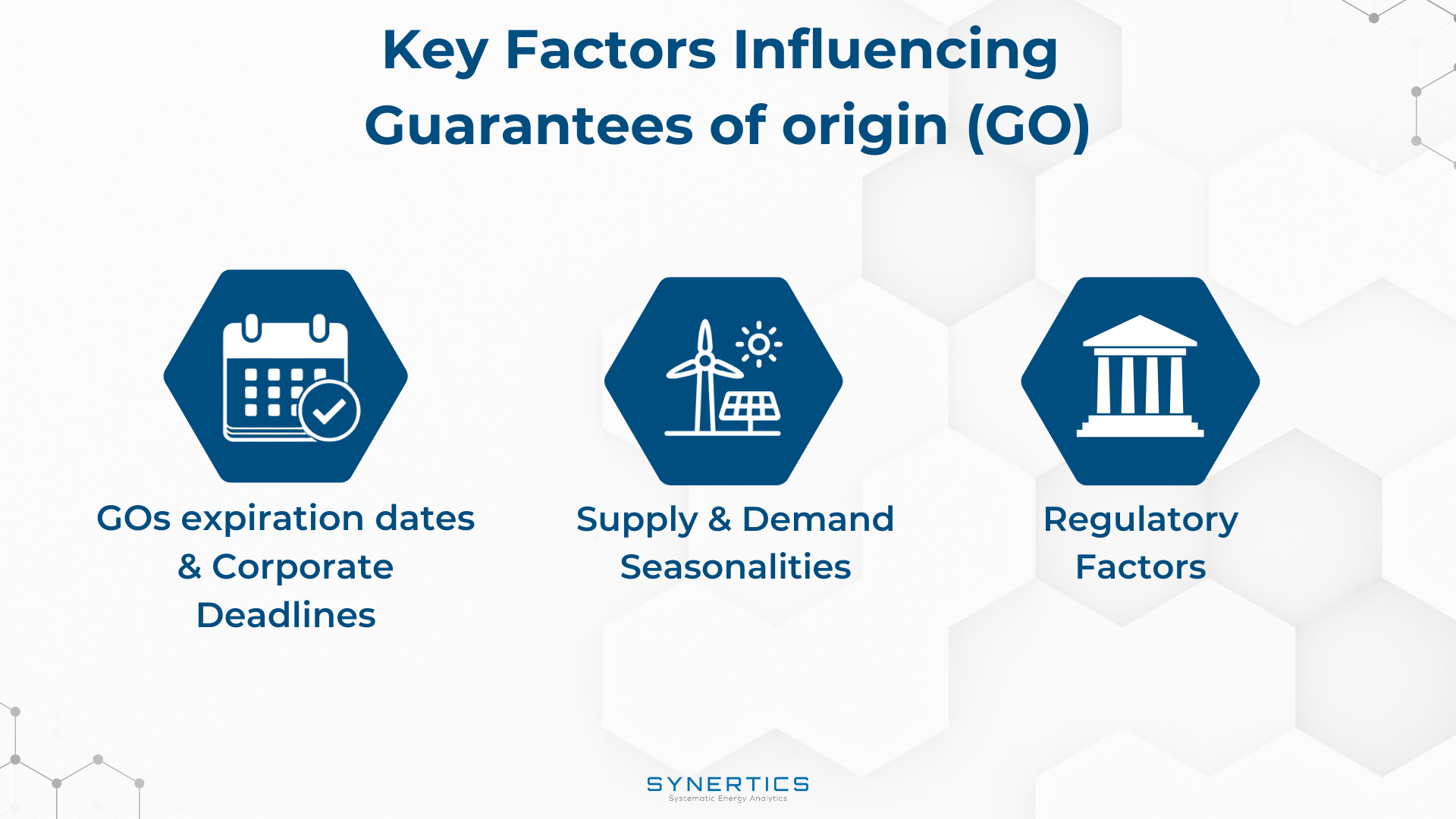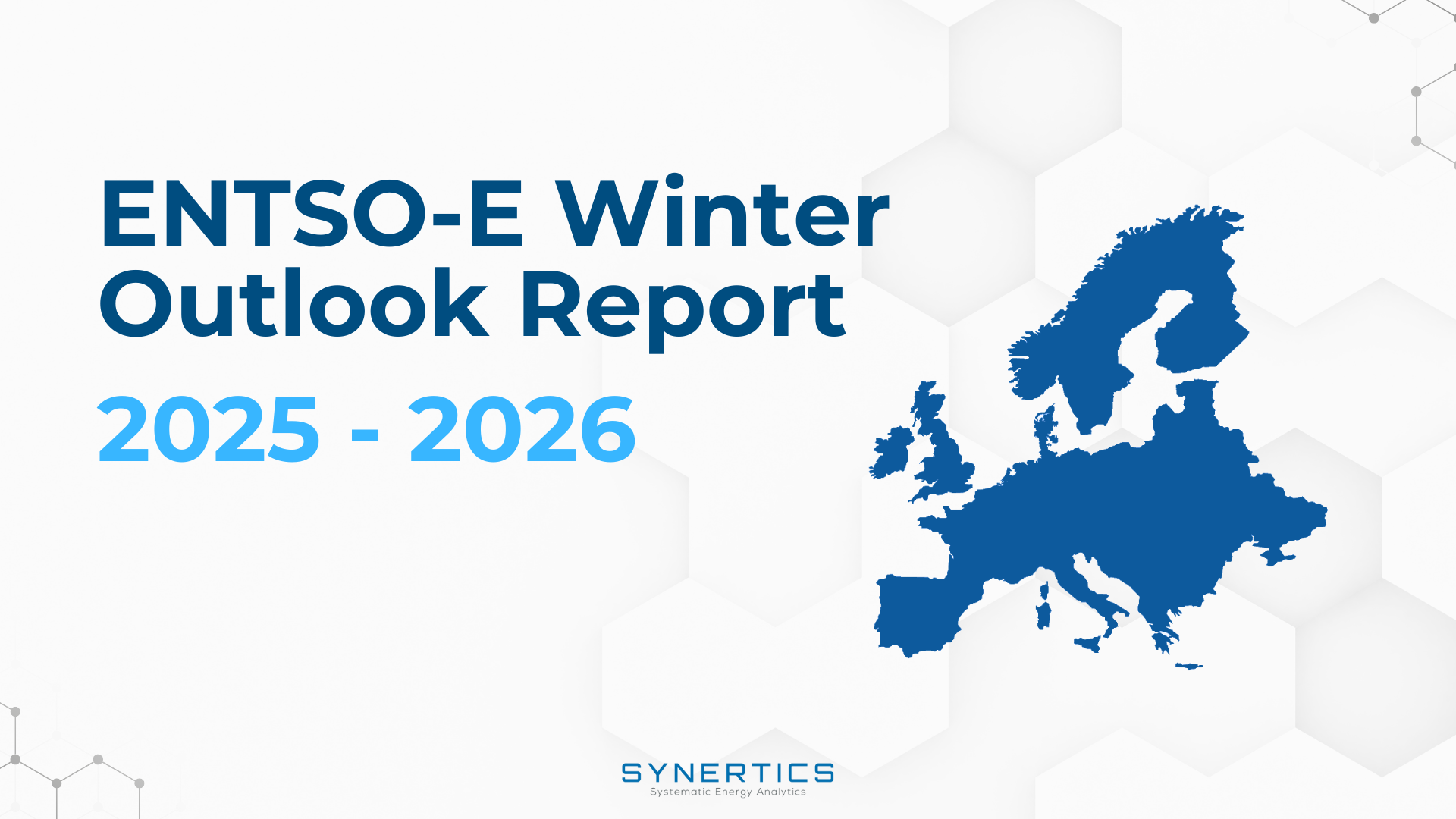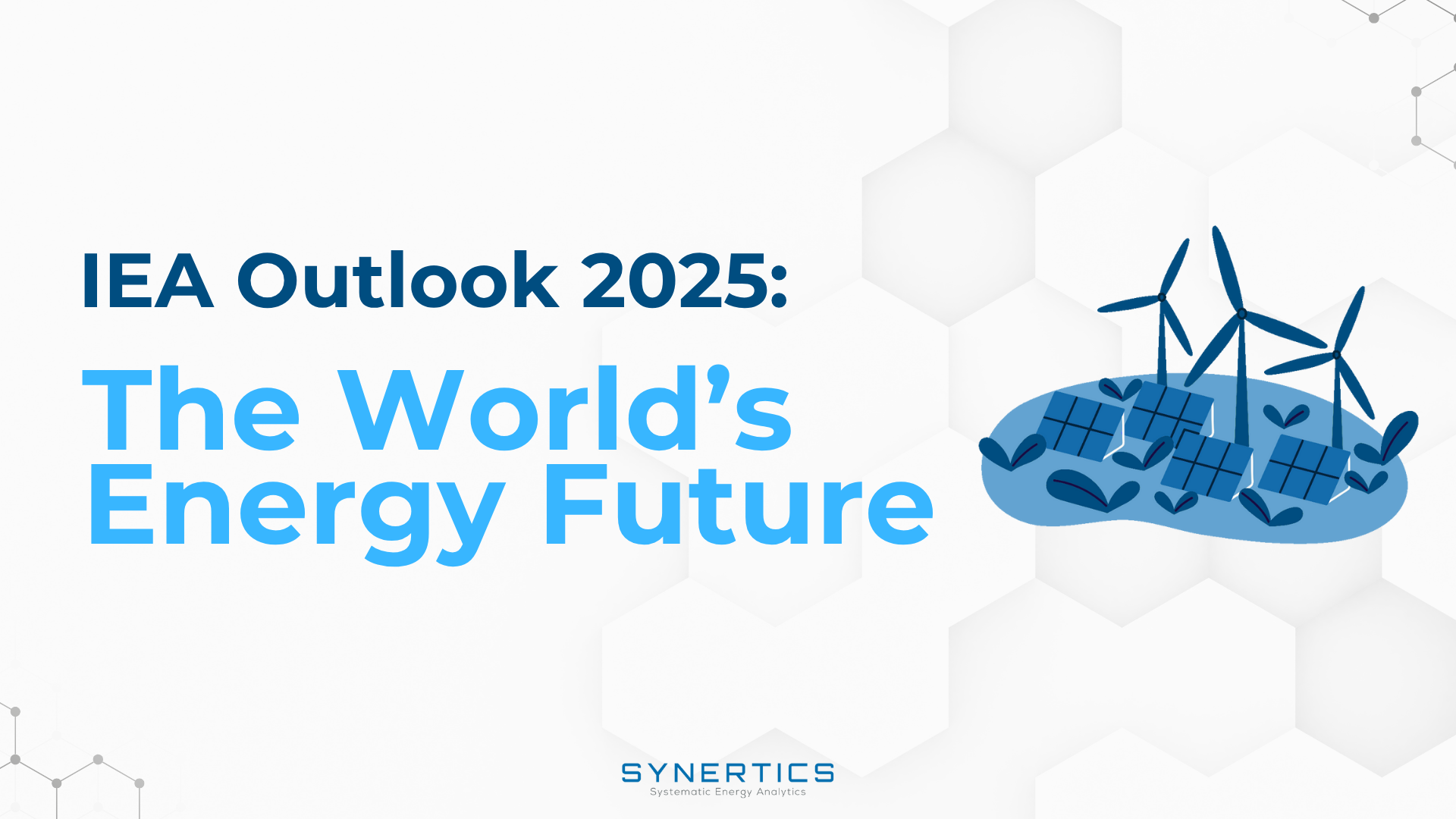Join us on our journey towards renewable energy excellence, where knowledge meets innovation.
This article delves into the intricacies of market coupling, its benefits, challenges, and the role it plays in creating a more efficient and sustainable electricity market, with a particular focus on its implementation in the European Price Coupling Regions (PCR).

The global energy landscape is undergoing a remarkable transformation, driven by the need to reduce carbon emissions, enhance energy security, and facilitate the integration of renewable energy sources. In this context, Market Coupling for electricity has emerged as a pivotal concept, revolutionizing the way electricity markets operate.
Market coupling is a sophisticated approach that connects multiple electricity markets to create a single, integrated marketplace. This process allows electricity to flow seamlessly across borders, facilitating efficient resource allocation and price discovery. It is a potent tool for enhancing market liquidity, ensuring grid stability, and promoting the integration of renewable energy sources.
Market Integration: Market coupling eliminates market segmentation by integrating electricity markets across geographical regions. This integration helps create a larger, more liquid market, fostering competition and reducing price discrepancies.
Cross-Border Trading: Market coupling enables cross-border electricity trading by harmonizing market rules, regulations, and settlement mechanisms. This fosters cooperation among neighboring countries, allowing them to optimize resource utilization and enhance energy security.
Implicit Auctions: Implicit auctions are at the heart of market coupling. They replace explicit auctions, where market participants submit bids for cross-border capacity, with an automated process that simultaneously optimizes both the energy exchange and cross-border capacity allocation. This ensures efficient use of interconnectors and minimizes congestion.
The market coupling system incorporates multiple control mechanisms to ensure optimal efficiency. Each Transmission System Operator (TSO) communicates its cross-border transport capacities to a Market Coupling Operator (MCO), such as the Transmission System Operator Security Cooperation (TSC). This MCO serves as the intermediary between TSOs and the power exchanges, overseeing the central and independent modeling of capacity values. These values undergo continuous validation and monitoring by both TSOs and the MCO. Subsequently, the MCO transmits these capacity values to the electricity exchange, enabling electricity traders to submit their offers. The actual coupling process is then executed by the respective electricity exchanges, settling the supply and demand through a universally accepted algorithm. Prior to publication, all stakeholders conduct a final comparison of their capacity values.
Price convergence: Market Coupling eliminates price differences between neighboring markets, ensuring that consumers pay a fair price for electricity. This promotes competition and lowers costs for end-users.
Efficient resource allocation: By pooling resources and optimizing cross-border trading, market coupling ensures that electricity generation is allocated to where it's needed most, reducing waste and improving resource utilization.
Grid stability: Market coupling enhances grid stability by allowing electricity to flow across borders, helping balance supply and demand more efficiently. It also facilitates the integration of intermittent renewable energy sources, reducing the need for backup generation.
Enhanced energy security: Interconnected markets can rely on each other during supply shortages or unexpected disruptions, enhancing energy security by reducing dependency on a single energy source or supplier.
While market coupling offers numerous advantages, it also presents several challenges:
Regulatory harmonization: Achieving regulatory harmonization across different countries or regions can be a complex and time-consuming process. Harmonizing market rules, pricing mechanisms, and settlement procedures is essential for effective market coupling.
Market power and manipulation: Market Coupling can increase the risk of market manipulation and the exercise of market power by large market participants. Effective market monitoring and regulatory oversight are crucial to prevent abuse.
Transmission infrastructure: Expanding and maintaining a robust cross-border transmission infrastructure is vital for the success of market coupling. Investments in infrastructure are often required to accommodate increased cross-border electricity flows.
The European Single Market and the European Price Coupling Regions (PCRs) are two interconnected concepts within the broader framework of the European Union's (EU) energy policy. They play a crucial role in creating a unified and efficient electricity market across Europe while promoting competition, security of supply, and the integration of renewable energy sources.
The European Single Market, often referred to simply as the Single Market, is a central pillar of the European Union's economic integration. It aims to create a unified and borderless marketplace across the EU member states, allowing for the free movement of goods, services, capital, and labor. This concept extends to the energy sector, where the goal is to establish a single, integrated electricity and gas market.
European Price Coupling Regions (PCRs) are specific regions within the European Single Market that implement Market Coupling for electricity. These regions are designed to ensure that electricity markets across multiple countries are interconnected and operate as a single entity, harmonizing pricing mechanisms and cross-border trading. Aimed at creating a unified pricing mechanism for calculating electricity costs throughout Europe, the system takes into account the capacity of the pertinent network components for day-ahead operations.
Market coupling for electricity, particularly within the European Price Coupling Regions, is a transformative concept that holds the potential to revolutionize the energy landscape. It creates a more efficient, sustainable, and interconnected electricity market across participating countries. By fostering cross-border trading, promoting price convergence, and enhancing grid stability, market coupling plays a pivotal role in achieving the EU's energy goals in a rapidly changing world. However, it also presents regulatory and infrastructure challenges that must be addressed to ensure its long-term success.
As we continue to advance in our pursuit of cleaner and more reliable energy systems, market coupling within the European Price Coupling Regions stands as a crucial pillar in our journey toward a greener future.
Synertics provides advisory services and develops digital data-driven solutions for the energy industry with the purpose of driving productivity and transferring knowledge.

Insights, Market-trends
15th Dec, 2025

Insights
2nd Dec, 2025

Insights
19th Nov, 2025